The Village
Dunscore is a small village which lies 9 miles (14 km) northwest of Dumfries on the B729, in Dumfries and Galloway, southwest Scotland. The parish has always been Dunscore – but the name for the village until the mid-19th century was Cottack. Dunscore itself, which contains the parish church, stands on elevated ground. The name Dunscore is of Cumbric origin, formed of the elements dīn ‘fort’ and *ïsgor ‘fortification, rampart’. William J. Watson proposed the meaning “fort of the bulwark or rampart”.
The village consists of about 150 people and has a church, a community run pub, and a hosted post office three times a week. The village hosts a gala event every August.
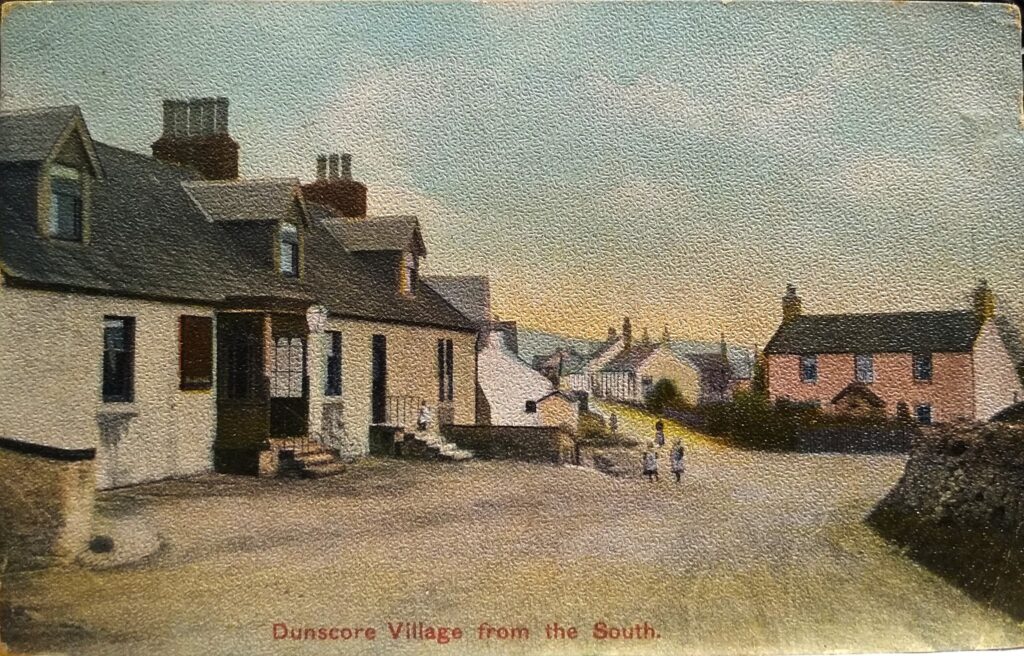
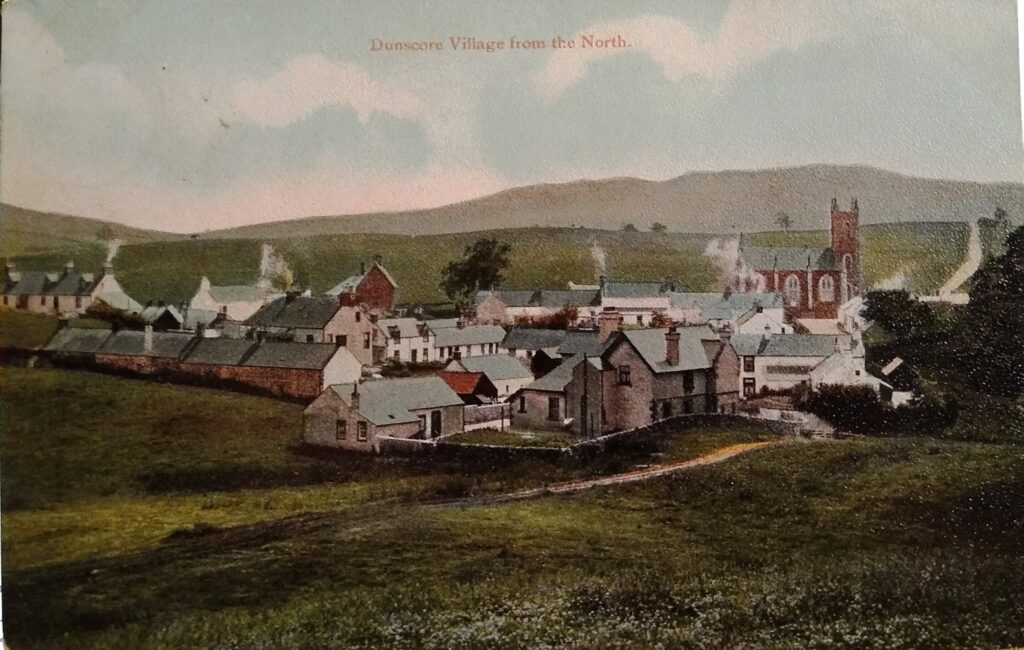
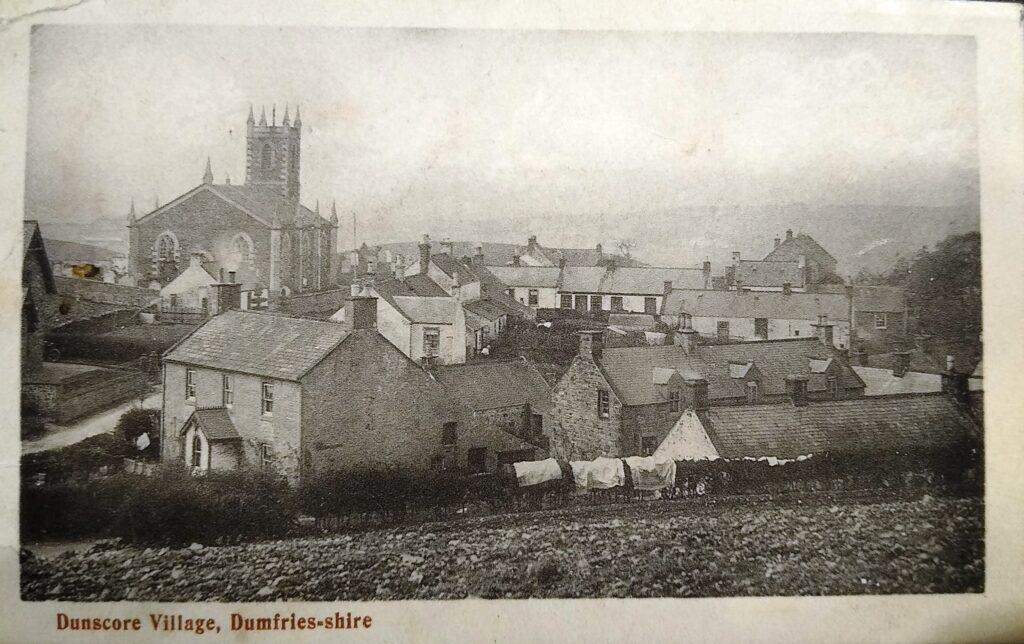
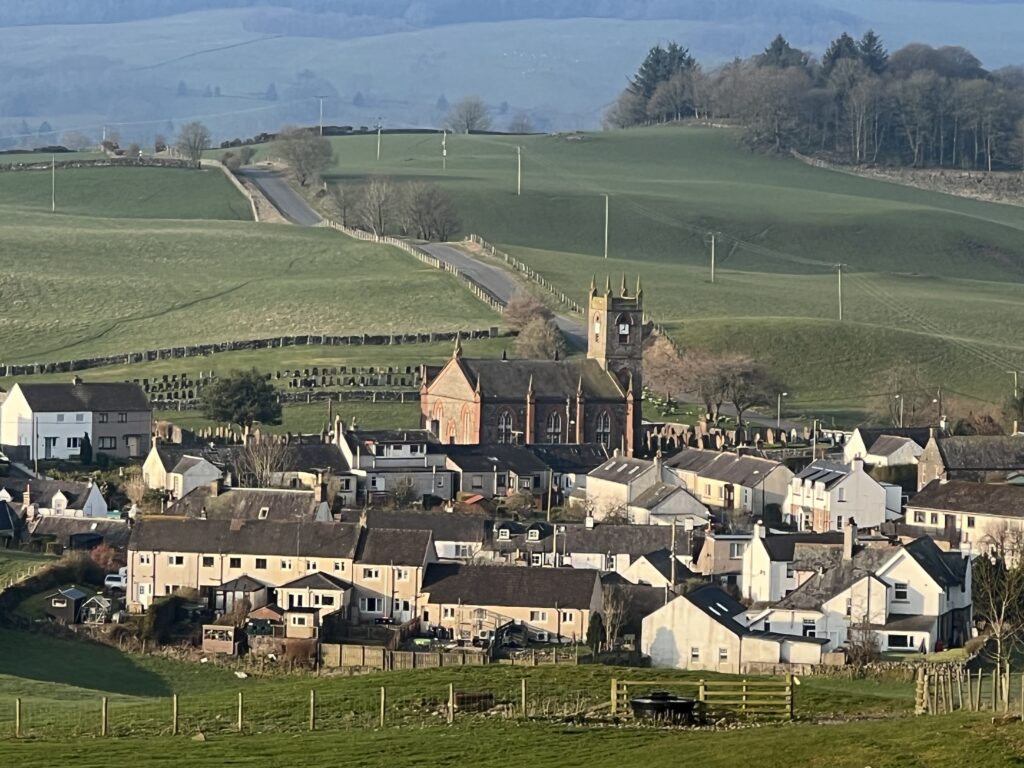
The parish is butterfly-shaped, measuring 11½ miles from east to west, its width varies from 3½ miles to 100 yards! The highest point in the parish is Bogrie hill in the Esslin Glen which rises to 1,416 feet.
The parish presents a striking variety of scenery from fertile, green, flat countryside to barren, rough, heather and mossy hillsides. It contains iron age forts and several ancient burial mounds. It is also thought that there was a roman camp on Springfield Hill in the lower end of the parish.
The Cairn river rises above Moniaive and flows through the parish to join with the Nith at Lincluden. In ancient times, it is thought there was a lake/loch in the area between Throughgate and Mansegate.
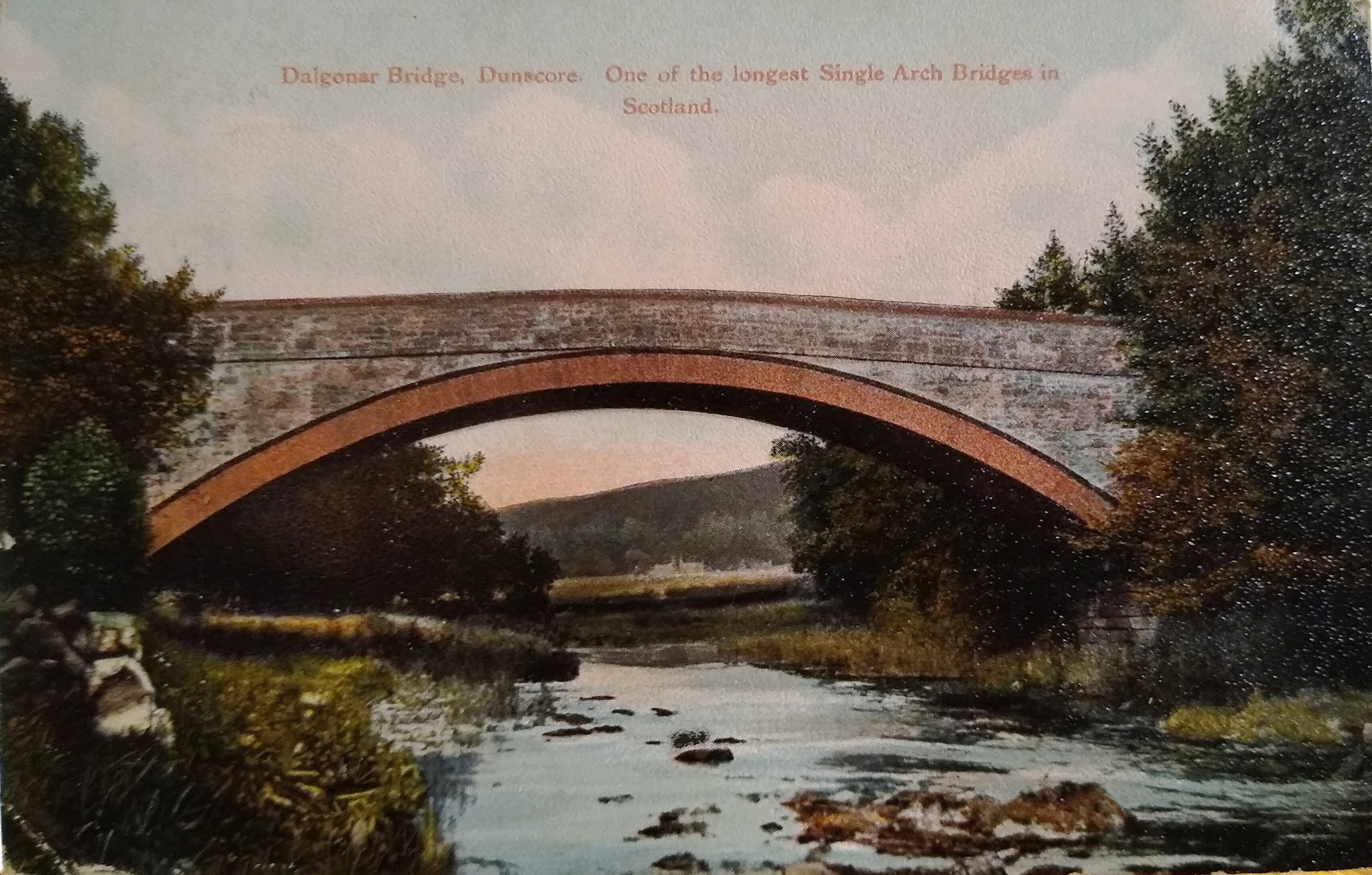
In 1818, Dalgonar Bridge (half a mile south of Dunscore) was erected over the Cairn and is 80 feet in span, which is about the greatest breadth of the river.
It replaced an original wooden bridge of the previous century which had been built with stipend (salary) withheld by Dumfries Presbytery from the then parish minister, James Gilchrist, for ‘irregularities in the conduct of his Ministry’ – an accusation not supported by his parishioners!
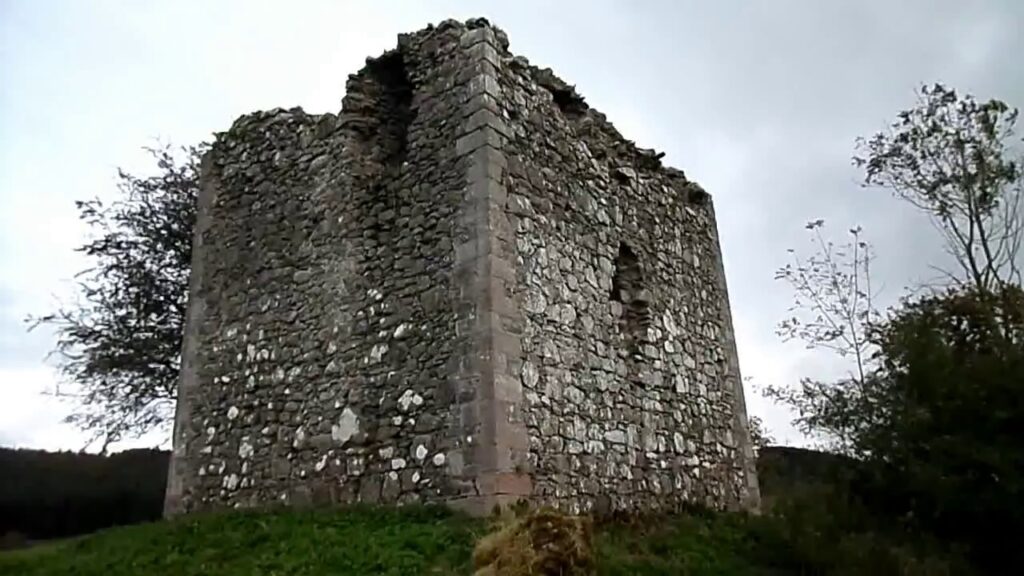
The parish contains a number of mansion houses including Friars’ Carse, Allanton, Dalgonar, Stroquhan.
It also had three notable towers – Lag and Bogrie and Sundaywell.
Until the late 1950s there were three primary schools in the parish – Dunscore, Burnhead and Glenesslin.
The one remaining, Dunscore School, lies on the outskirts of the village on the B729 road leading through the Cairn Valley from Dumfries to Moniaive. It was built in 1963 and underwent a major refurbishment in 2003/4.
The old school, in use until 1963, is situated at the bottom of the playground and is now used as a Pre-School Centre.

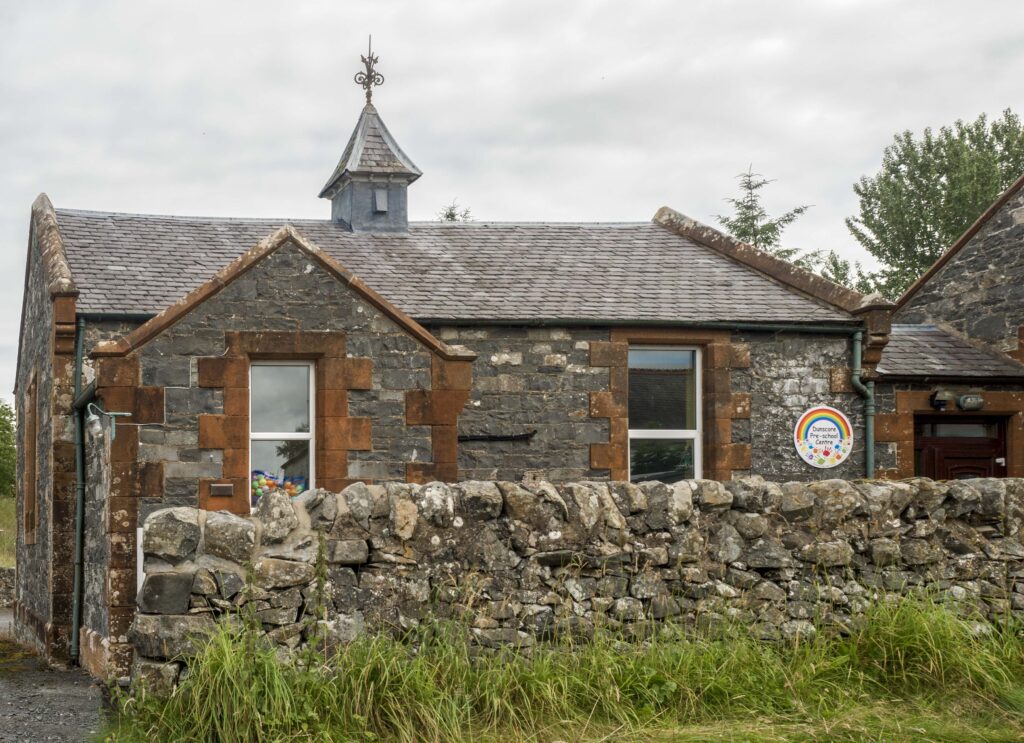
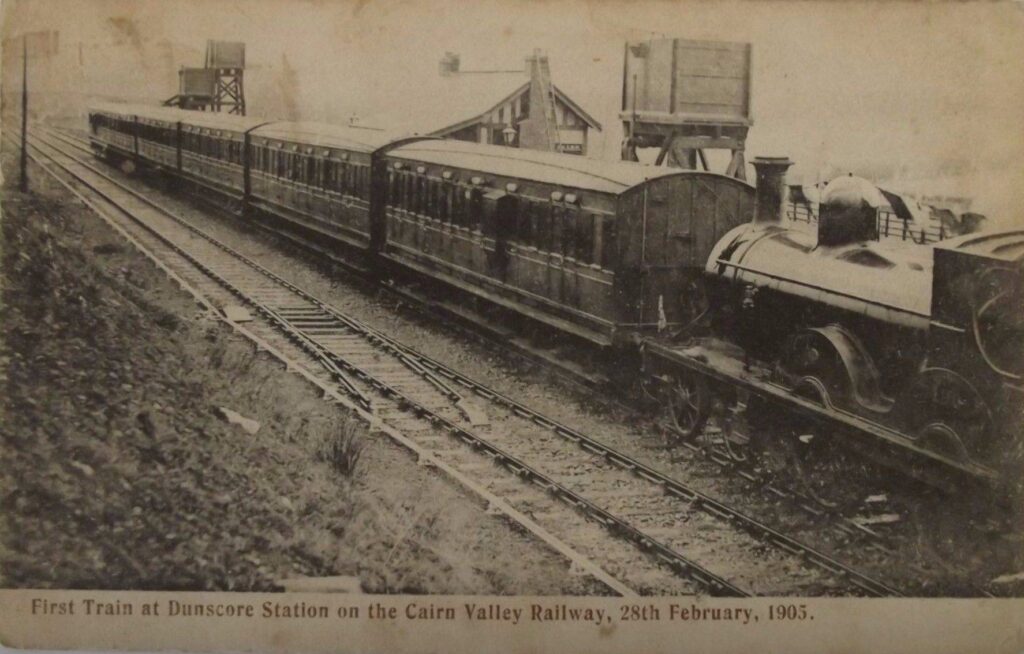
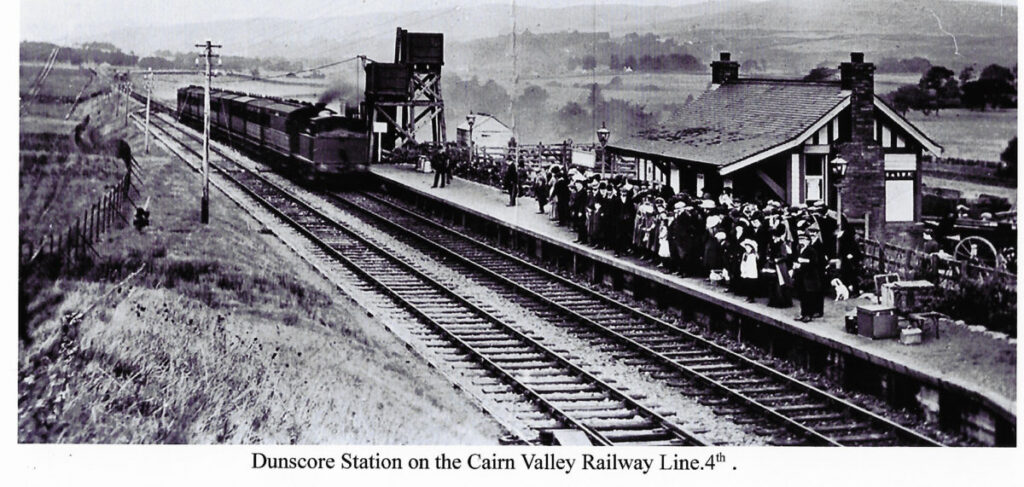
The first train on the Cairnvalley Light Railway travelled in 1905 from Moniaive to Dumfries, stopping at stations at Dunscore (near Dalgonar Bridge), Stepford and Newtonairds.
In the first 10 months of operation it carried 42,417 passengers!
It closed for passengers on 3rd May 1943 but continued to carry goods until 4th July 1949.
Thomas Carlyle, the famous Scottish essayist and historian lived at Craigenputtock (top of Glen Esslin) from 1828 – 1834.
When visiting Carlyle, Emmerson is said to have asked who had built the parish church. Carlyle replied ‘the Cross of Christ built Dunscore Kirk upon the hill’.
The famous John Welch, son-in-law of John Knox, was a native of this parish. His father was laird of Collieston in Glen Esslin – a small property belonging to the Welch family for several generations.
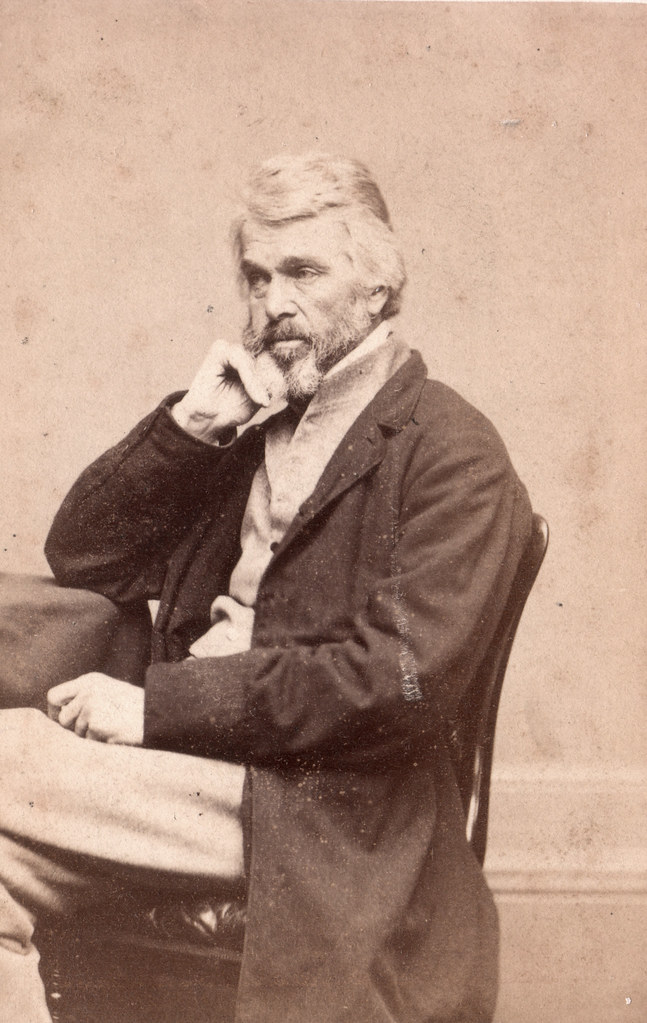
At the opposite end of the parish, Robert Burns farmed Ellisland from 1788-1791 and it was here that he wrote Tam O’ Shanter.
Lag Tower, Dalgonar and Chapel, were the homes, for many centuries, of the Grierson family.
The infamous Robert Grierson was a supporter of Claverhouse and persecuted many Covenanters in the area. He died in Dumfries in 1730 but was buried in Dunscore Old Churchyard in the east end of the parish.
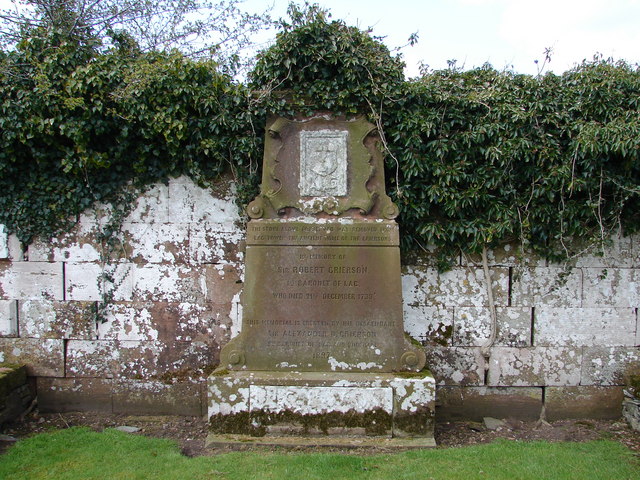
If you plan to visit the Heritage centre, located in Dunscore Parish Church, you can:
- Discover more about Jane Haining, the church and village
- See items relating to Jane Haining’s life including her “Heroes of the Holocaust” medal, a prize awarded to her at school, a copy of her will and much more
- Walk, drive or cycle the Jane Hainng trail in the lovely lanes around the village taking in the stunning Cairn Valley scenery and visiting the farm where she was born and brought up, her school and church
- Delve into information, videos and surprising facts using the touch-screen computer
- Hear first hand accounts about Jane Haining and life in the village in past times at the listening station
- Follow the Memory Trail round Dunscore seeing where the library started by Robert Burns was located, the oak tree from an acorn collected from Auschwitz and one of very few hearse houses in the country
- Take a guided walk around the church or, for the younger visitors, the Dunscore Church Detective Trail
